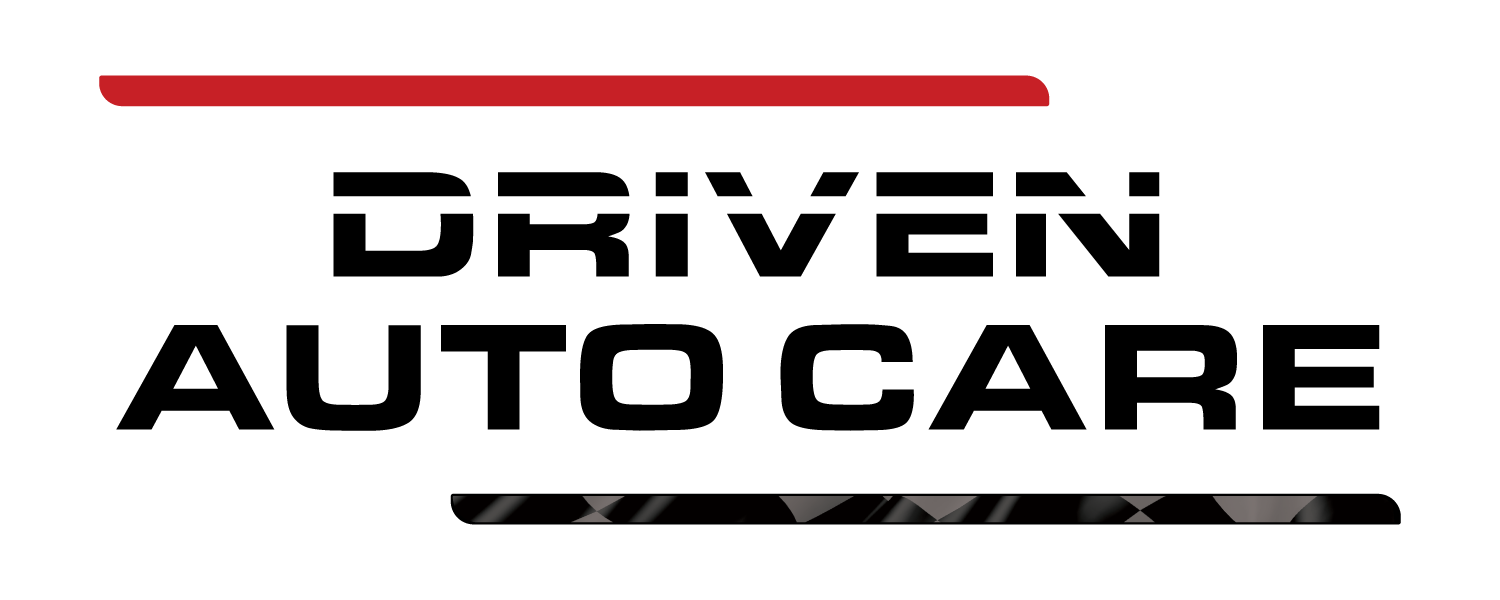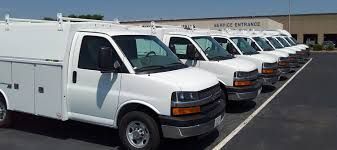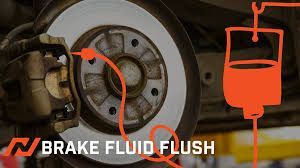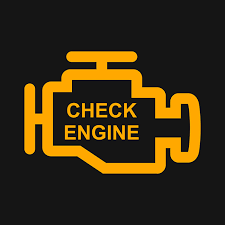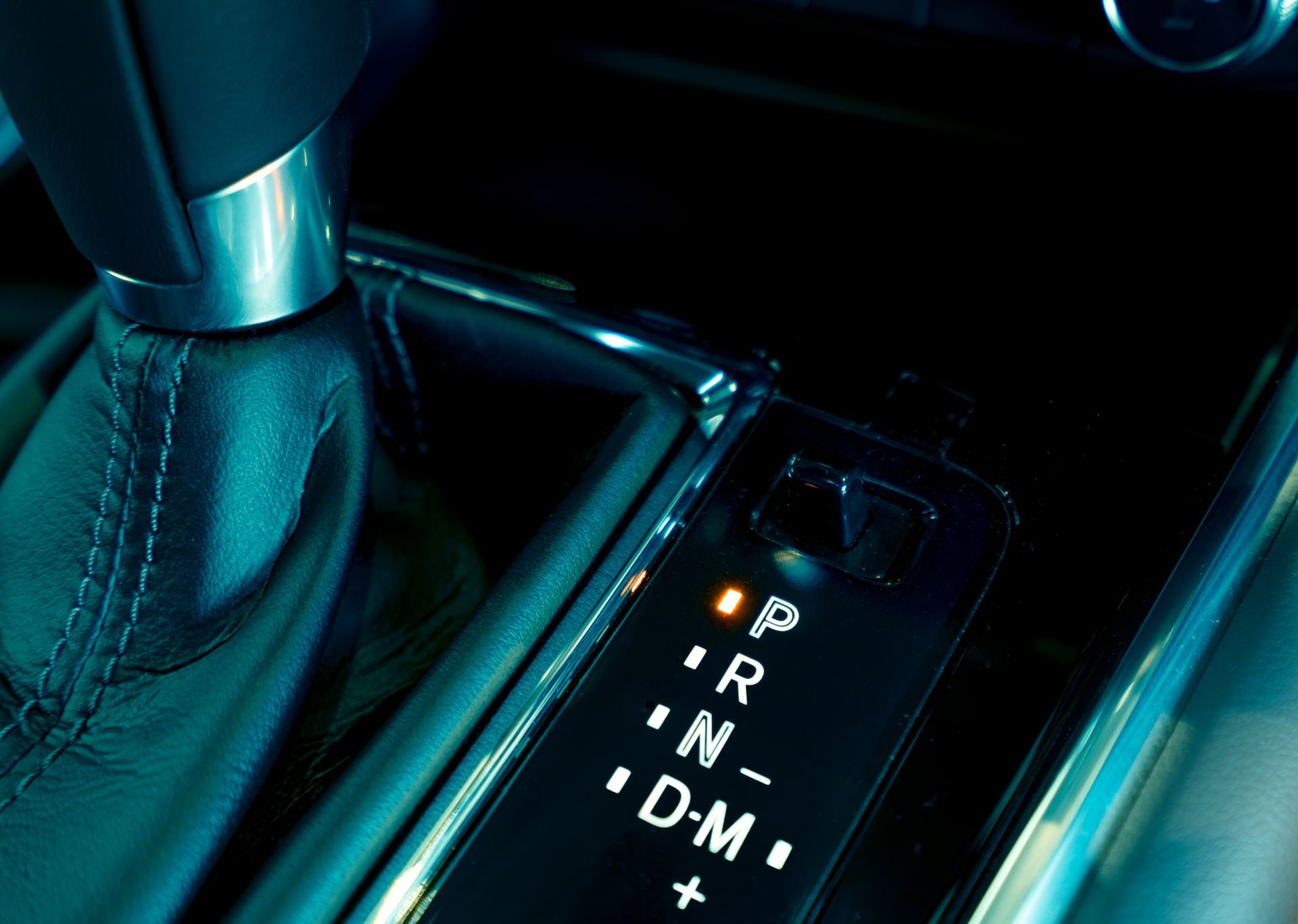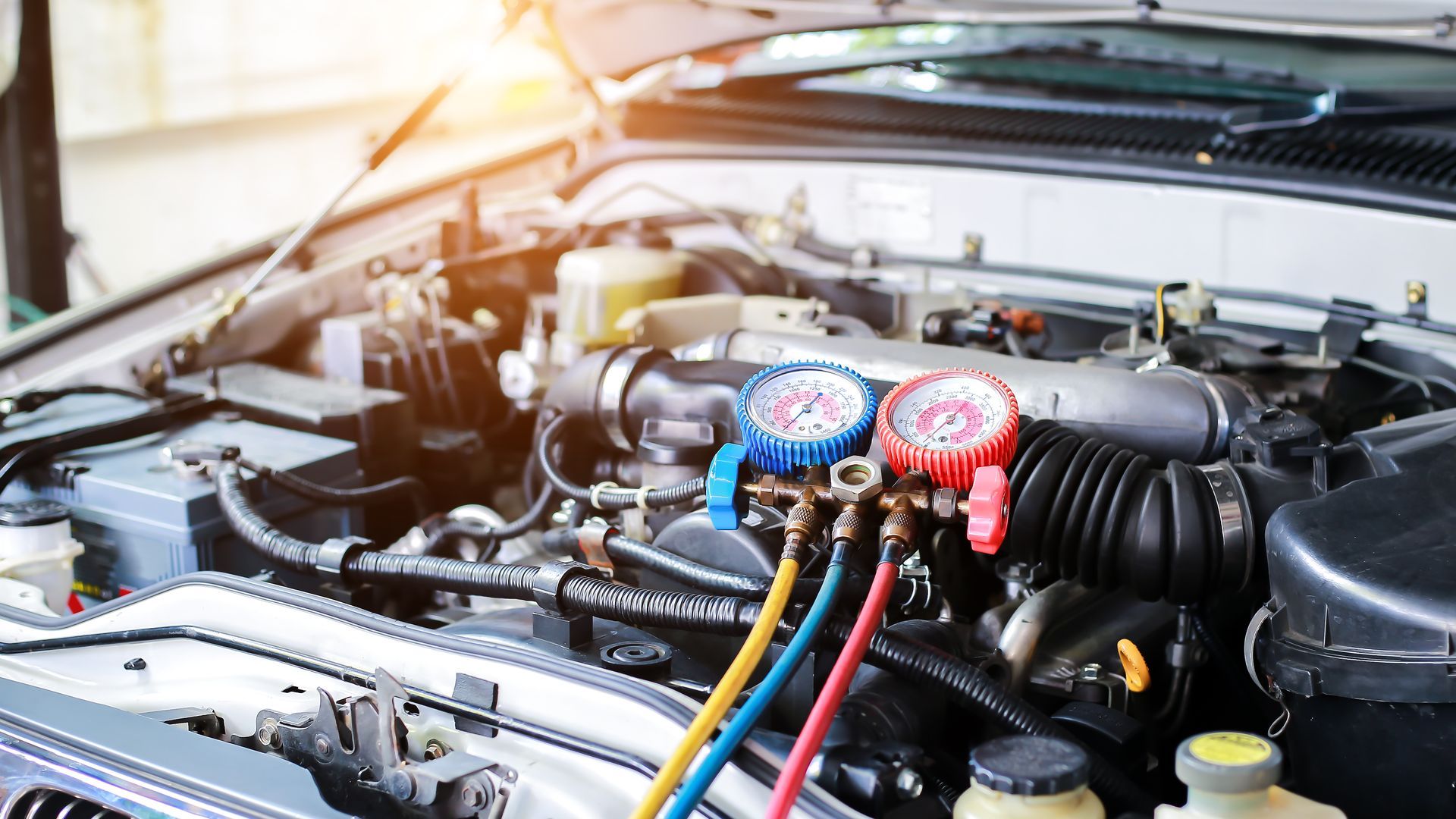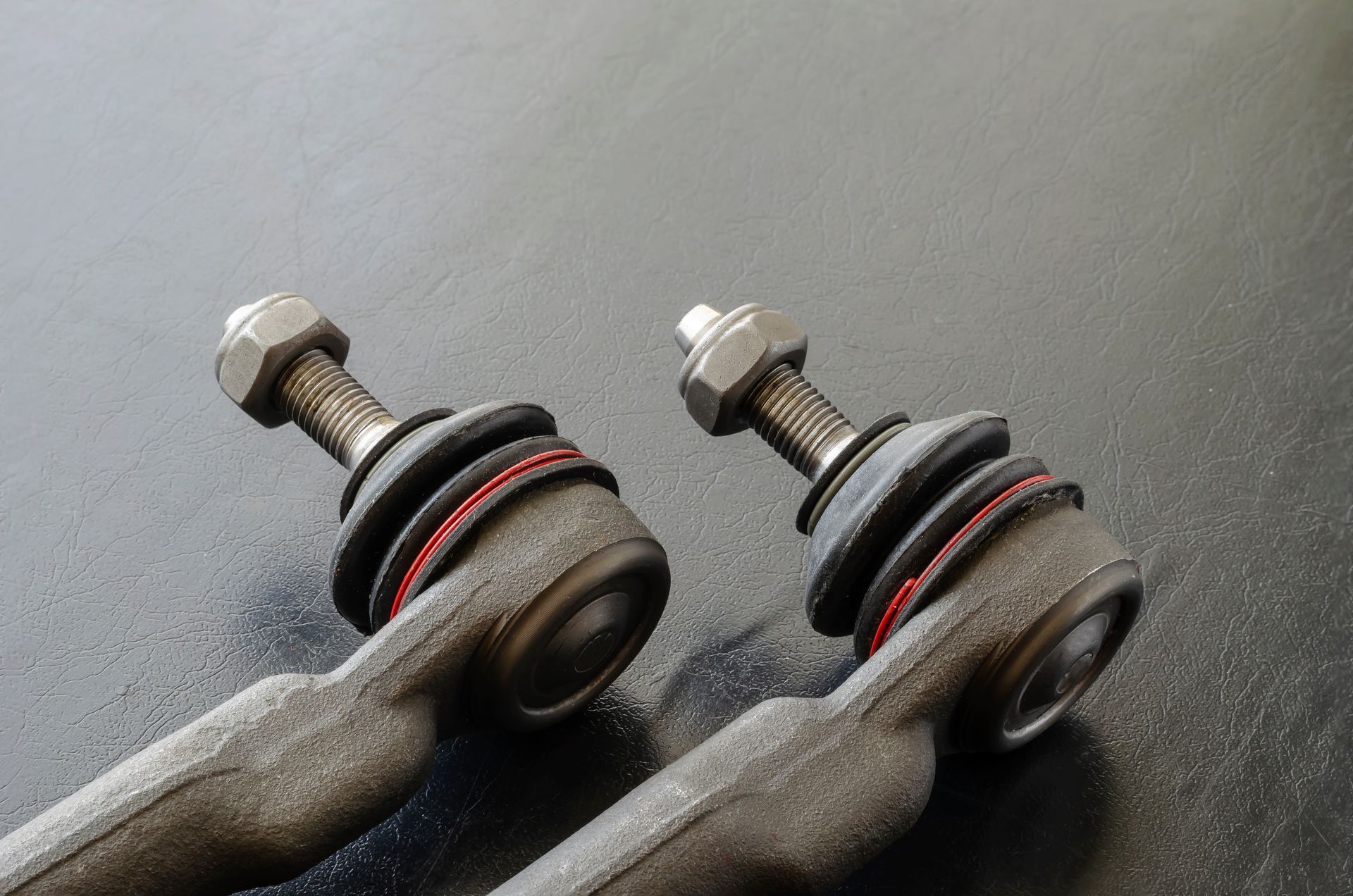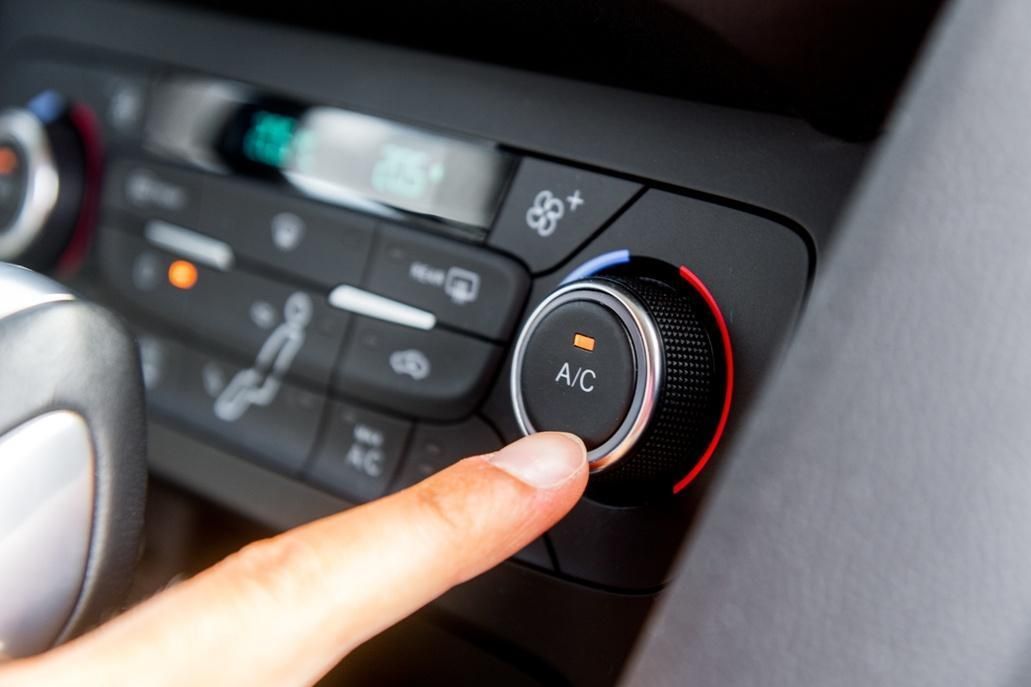If your car vibrates at idle, clunks when shifting, or shakes more than usual during acceleration, the issue might not be with your engine or transmission directly. Often, the cause is worn or damaged motor mounts or transmission mounts. These components play a crucial role in your vehicle’s comfort, performance, and safety, but they are often overlooked until symptoms become too obvious to ignore.
Here’s what you should know about how mounts work, how they wear out, and the signs that it's time for a replacement.
What Are Motor and Transmission Mounts
Motor mounts (also called engine mounts) and transmission mounts are brackets that secure your engine and transmission to the vehicle’s frame. They serve two key purposes: holding the drivetrain in place and dampening vibrations. Most mounts use a combination of metal for strength and rubber or liquid-filled components for shock absorption.
Without these mounts, your engine and transmission would shift and bounce during driving. The mounts absorb the constant motion and torque, helping your ride feel smoother and quieter.
Common Signs of Worn Mounts
You may not see these parts directly, but when they start to fail, your car will let you know. Watch for these warning signs:
1. Vibrations at Idle
If your car vibrates while stopped or idling, and the steering wheel or seat shakes noticeably, one or more mounts may be failing. A worn mount can no longer isolate the engine’s natural movement from the chassis, which transfers that motion into the cabin.
2. Clunking or Banging Noises
You might hear a loud clunk when shifting gears or accelerating. This often means the engine or transmission is shifting too much inside the engine bay. Loose mounts allow movement that causes metal parts to knock into each other.
3. Jerky Movement When Accelerating
If the engine shifts forward or backward during throttle input, it may cause hesitation, surging, or uneven acceleration. This usually means the mount has too much play and can’t keep the engine stable under load.
4. Visual Signs of Wear
If a technician lifts the vehicle and inspects the mounts, they may find cracked rubber, leaking fluid (in hydraulic mounts), or visible shifting in the bracket. These are all clear signs that the mount needs to be replaced.
Why Mount Problems Get Worse Over Time
Mount wear doesn’t always start as a dramatic failure. A small crack in the rubber or a slight loosening can develop slowly. But as the part continues to degrade, vibrations increase, engine movement becomes more noticeable, and the risk of further damage rises.
If a motor or transmission mount completely fails, the engine could tilt or shift far enough to strain hoses, cables, or exhaust components. This not only leads to more expensive repairs, but it can also make driving unsafe.
What Makes Mounts Wear Faster
California drivers, especially those in the Fremont, Campbell, and San Ramon areas, often deal with stop-and-go traffic, hilly roads, and temperature changes. All of these conditions can speed up wear on mounts. Aggressive driving, frequent towing, or even just age can also cause mounts to degrade faster than expected.
Vehicles with high-torque engines, like performance cars or trucks, place more strain on mounts. Over time, repeated stress from starts, stops, and gear changes adds up.
What to Expect From a Mount Replacement
Replacing mounts typically involves lifting the engine or transmission slightly to remove the old hardware and install new parts. The process varies depending on the vehicle’s layout, but it’s often a straightforward repair that makes a noticeable difference in ride quality and performance.
New mounts restore proper alignment between drivetrain and chassis, reduce vibration, and eliminate those unsettling noises during gear shifts or acceleration.
Get Mount Issues Fixed at Driven Auto Care in California
If your car feels like it’s shaking too much, clunking unexpectedly, or just doesn’t idle like it used to, your motor or transmission mounts might be worn. At Driven Auto Care, serving Fremont, Campbell, and San Ramon, we inspect these components carefully and replace them using parts that meet or exceed factory specifications.
Bring your vehicle in for a thorough inspection and let our team get you back to a smoother, quieter ride.
